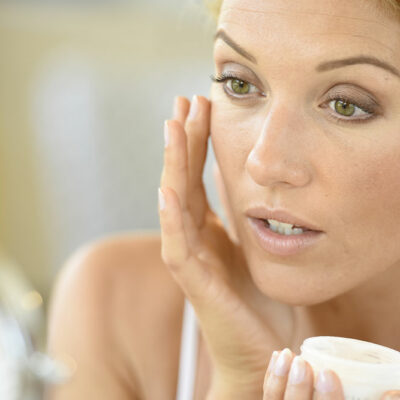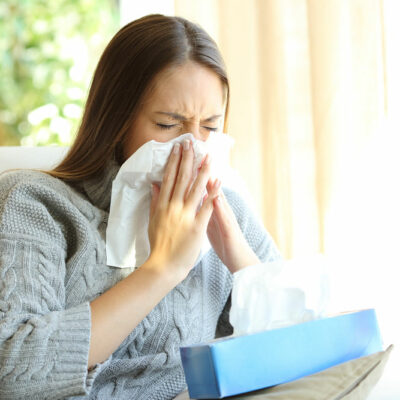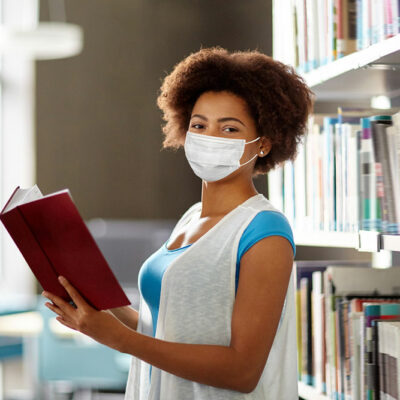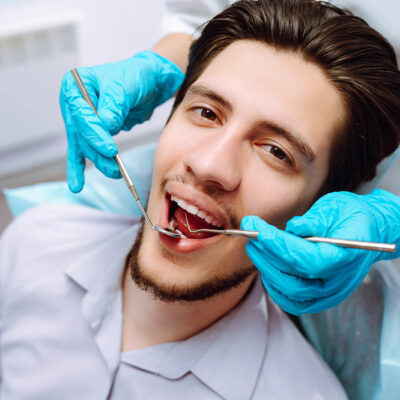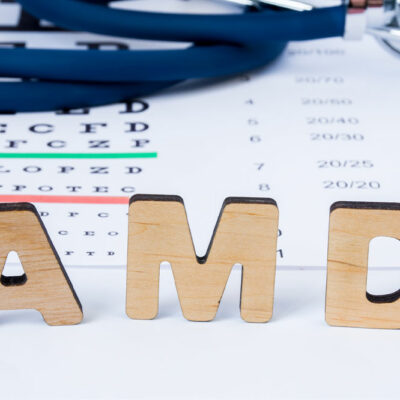
6 types of soaps to avoid when dealing with eczema
Eczema is a chronic skin condition characterized by red, itchy, and inflamed skin patches. The condition can be exacerbated by various factors, including the use of certain products that are meant to clean the skin and get rid of oil and dirt. Here, certain soaps have been known to trigger eczema symptoms, especially in those with sensitive skin. Recognizing common irritants in these products and avoiding them is crucial for managing eczema. Soaps with fragrances Artificial fragrances, commonly found in soaps and skincare products, can be a significant trigger for those with eczema. These synthetic ingredients are designed to add a pleasant scent, but they often contain compounds that can cause skin irritation, redness, itching, and, in severe cases, allergic contact dermatitis. For those with eczema, choosing fragrance-free products significantly reduces the risk of adverse reactions. Soaps with parabens Parabens are synthetic preservatives widely used in personal care products and cosmetics to extend their shelf life. While effective at preventing bacterial growth, paraben can trigger irritation in sensitive skin. Those with eczema might experience redness upon using such soaps. Here, one should check the ingredient label and skip soaps with ethylparaben, methylparaben, or butylparaben, as opting for paraben-free products reduces the risk of allergic reactions when dealing with eczema.
Read Article 


